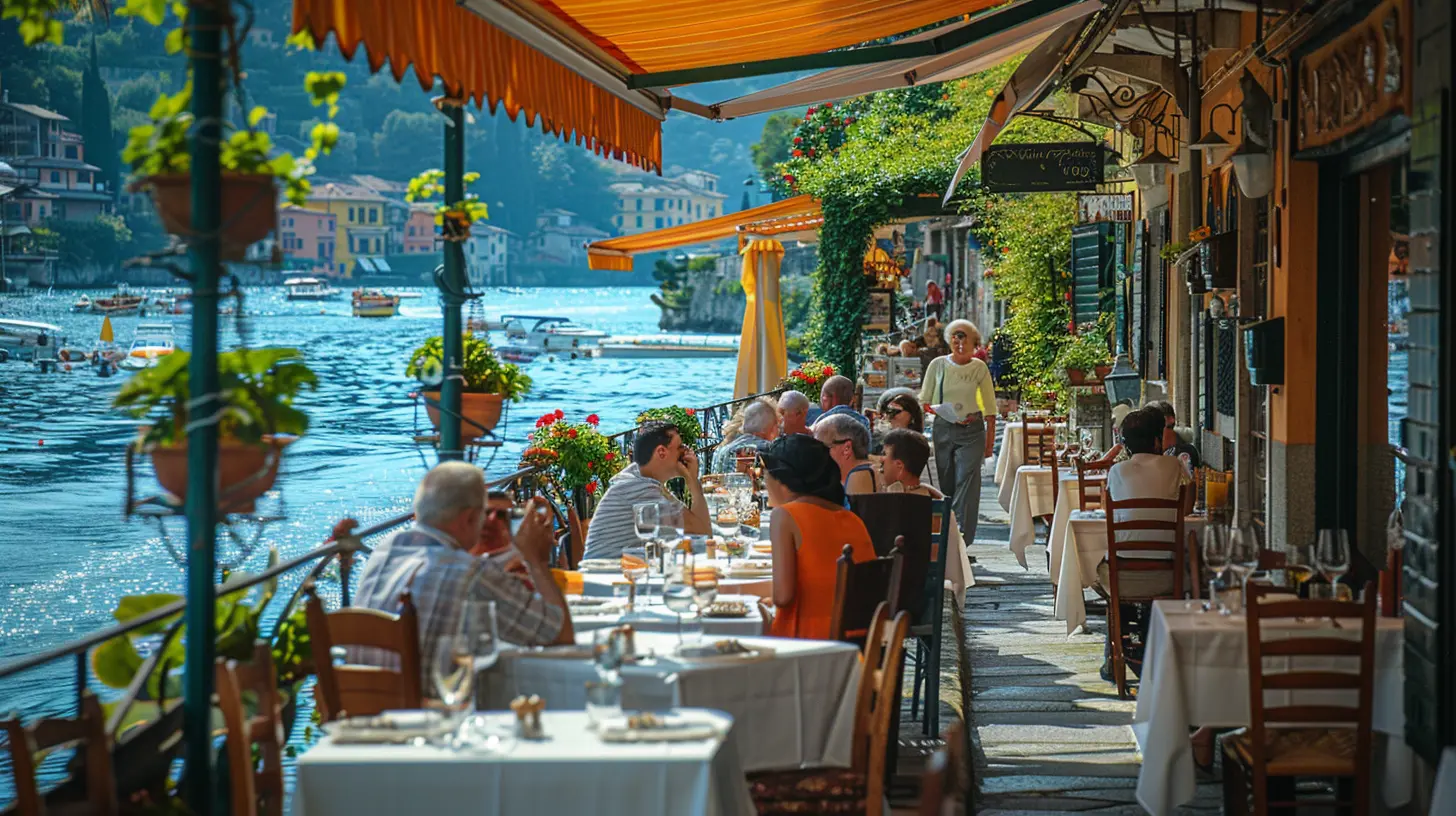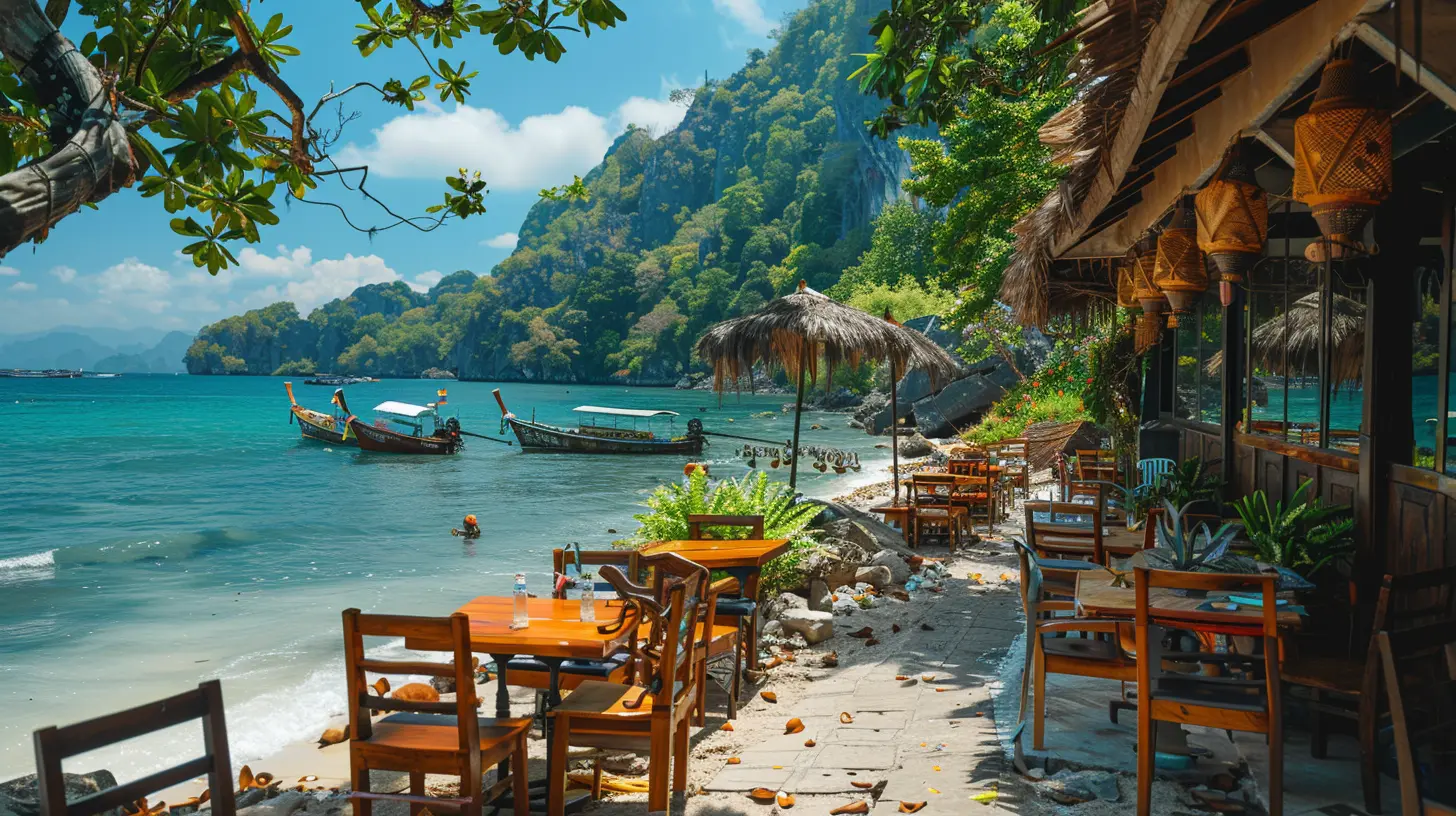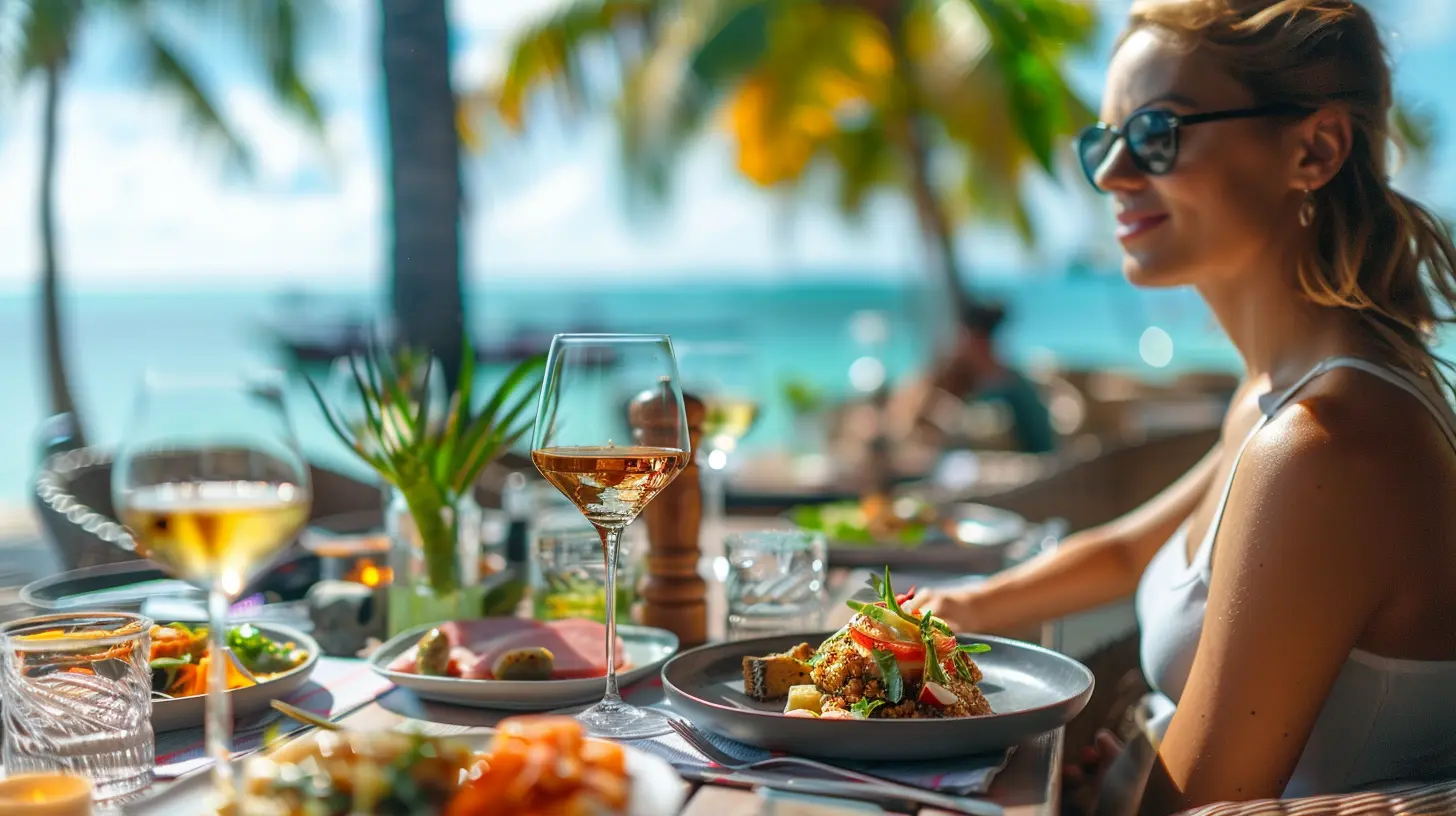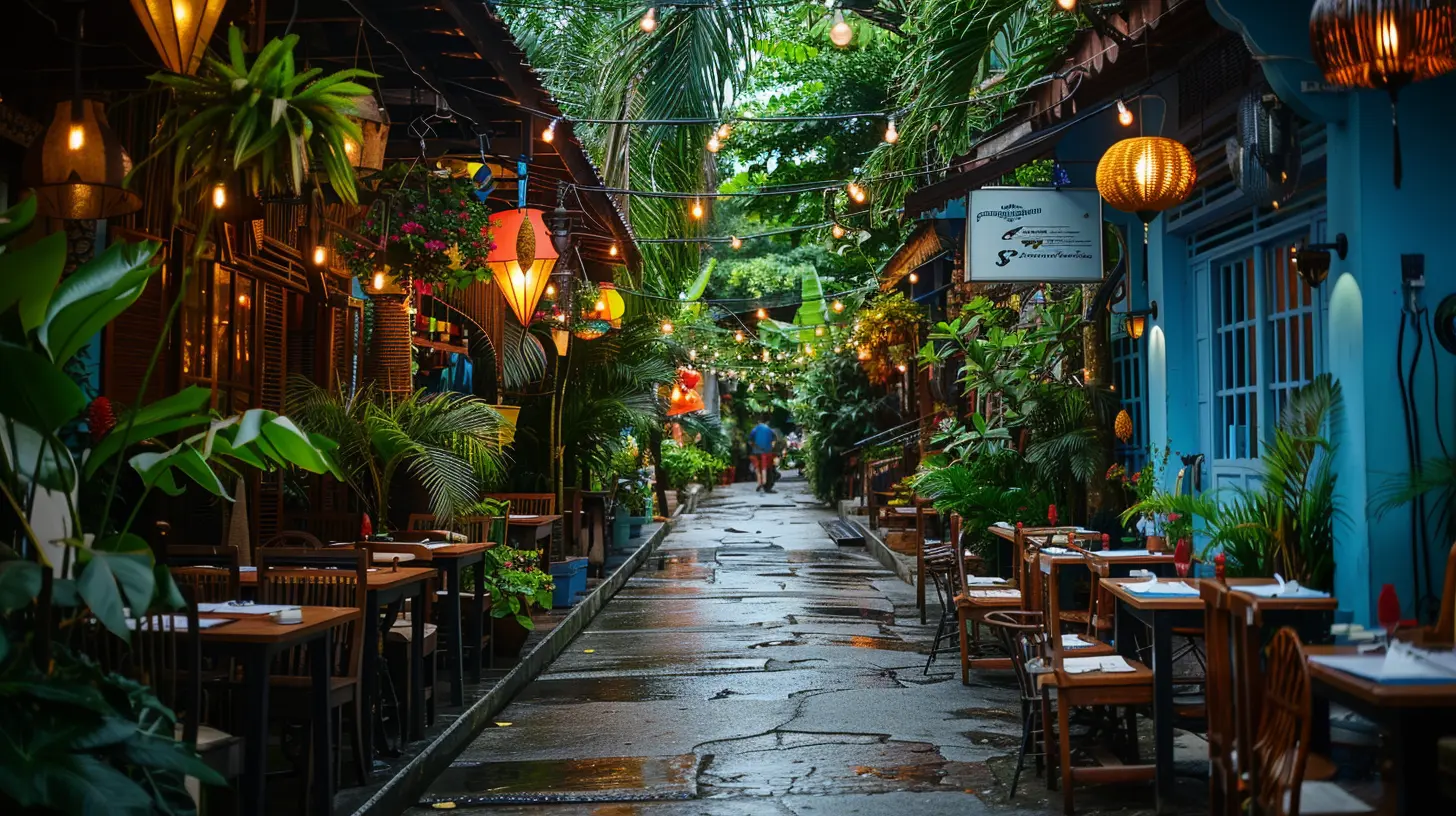Avoiding Tourist Trap Restaurants That Overcharge
8 September 2025
We've all been there—you're wandering through a beautiful city, stomach growling, and you see a restaurant with a prime location, bright menus, and servers practically dragging people in. You take a seat, excited for a local meal, only to realize later you've paid triple the price for mediocre food. Sound familiar?
Tourist trap restaurants are everywhere, waiting to cash in on unsuspecting visitors. But don't worry—with a little know-how, you can dodge these overpriced disappointments and enjoy authentic, budget-friendly meals instead. Here’s how. 
1. Beware of Restaurants Near Major Attractions
If you're standing in front of the Eiffel Tower or next to the Colosseum and the nearest restaurant is right there—keep walking.Restaurants in prime tourist spots often inflate their prices because they know visitors won’t bother searching elsewhere. The food is usually average at best, but the bill? Outrageous. Instead, head a few streets away. A short 5-10 minute walk can lead you to local gems where prices are reasonable, and the quality is much better.
Pro Tip: Use Google Maps to check restaurant reviews before sitting down. If the review score is low despite tons of tourists eating there, that’s a red flag.

2. Avoid Menus With Photos and Flags
A menu crammed with pictures of every dish or flags of multiple countries screaming “WE HAVE EVERYTHING!” is often a dead giveaway of a tourist trap. Local restaurants don’t need to lure people in with flashy menus—they rely on reputation, word of mouth, and regular customers.Red Flags to Watch For:
- Menus in multiple languages (especially if English is the most prominent)- Excessive food pictures
- Inflated prices compared to nearby restaurants
- Servers aggressively trying to get you to sit down
If it feels like the menu is designed for tourists rather than locals, take that as your cue to leave. 
3. Watch Out for Pushy Staff
Ever had a waiter practically chase you down the street, waving a menu in your face? Yeah, that’s a bad sign. Authentic, quality restaurants don’t need to beg for customers. If a place relies on aggressive tactics to get people inside, it’s usually because the food and prices alone wouldn’t convince anyone.A good restaurant doesn’t need to pressure you. If you feel like you're being roped into a place, trust your gut and move on. 
4. Check Customer Demographics
Look around before stepping inside. Are most diners speaking the local language? Or is it filled with tourists snapping pictures of their overpriced spaghetti?Locals know where the good food is. If a place is packed with residents rather than visitors, that’s a good sign. On the other hand, if every table is occupied by tourists, you might want to think twice.
How to Spot Where Locals Eat:
- Look for smaller, quieter places that don’t have massive tourist-friendly signs- If you see a long line of locals waiting, that’s worth checking out
- Visit local food forums or ask residents for recommendations
5. Research Prices in Advance
One of the best ways to avoid getting ripped off is to have an idea of what food should cost in the area. Before you travel, take a quick look at average meal prices in that particular city. That way, if you see a simple dish costing double or triple the standard price, you’ll know to steer clear.Websites like Numbeo or local food blogs can give you a ballpark figure for restaurant meals.
6. Avoid “Tourist Menus” and Set Menus With Inflated Prices
A “tourist menu” might sound convenient, but it’s often a sneaky way to overcharge you. These menus bundle dishes together for a seemingly reasonable price, but the portion sizes are usually smaller, and the food quality is subpar.Set menus can be great in some places (especially in budget or family-run restaurants), but if it's advertised aggressively in multiple languages, chances are it's a way to make tourists think they’re getting a deal—when they’re really not.
Instead, Look For:
- Daily specials written on a chalkboard (a sign of fresh, rotating dishes)- Menus in the local language, even if you need to translate it
- Fixed-price menus that locals also seem to order from
7. Look Up Restaurants on Food Apps and Blogs
Thanks to the internet, you don’t have to rely on luck to find good food. Apps like Google Reviews, TripAdvisor, and Yelp are helpful, but sometimes they’re flooded with tourist opinions that might not reflect true local tastes. A better option is to check local food blogs, social media, and forums like Reddit.For example:
- Instagram hashtags (#ParisEats, #RomeFood, #BangkokFoodies) can lead you to real customer experiences
- Local food blogs written by residents often highlight authentic spots
- YouTube food vloggers showcase hidden gems and street food stalls worth visiting
8. Don’t Fall for “Authentic” Tourist Gimmicks
Some restaurants try too hard to look traditional, with servers in cultural costumes and exaggerated decorations. While this might feel charming, it often means you're paying for the experience rather than the food quality itself.Instead, look for restaurants where the focus is on the cuisine, not just the aesthetics. A worn-out, simple-looking eatery with a steady stream of locals is often a far better choice than a flashy tourist attraction disguised as a restaurant.
9. Watch Out for Sneaky Hidden Charges
Even if a restaurant looks decent, always be mindful of:- Mandatory service charges (sometimes disguised as a "tip" or "cover fee")
- Expensive bottled water (some places won’t serve tap water unless you ask)
- "Free" bread or appetizers that magically appear but later show up on your bill
Always check the menu for any mention of additional charges. If something seems unclear, ask the waiter before ordering.
10. Trust Your Gut and Walk Away If It Feels Off
At the end of the day, if a restaurant feels too geared towards tourists, it probably is. Don’t be afraid to walk away. There are always better options nearby.Use common sense, do a little research, and prioritize local recommendations. By taking a few extra steps, you’ll enjoy delicious, authentic meals while avoiding overpriced tourist traps.
Final Thought: Eat Like a Local, Not Like a Tourist
Great food is one of the best parts of traveling, and you shouldn’t have to overpay for a disappointing meal. By avoiding tourist traps, you’ll not only save money but also enjoy a richer, more authentic dining experience.So next time you’re on the road, take a little extra time to find that hidden gem—it’s worth it.
all images in this post were generated using AI tools
Category:
Travel ScamsAuthor:

Shane Monroe
Discussion
rate this article
1 comments
Pamela Warren
Great tips! Being mindful of where we eat can enhance our travel experience and help us truly enjoy local flavors.
September 15, 2025 at 4:57 PM

Shane Monroe
Thank you! I'm glad you found the tips helpful. Enjoying authentic local flavors definitely enriches the travel experience!


